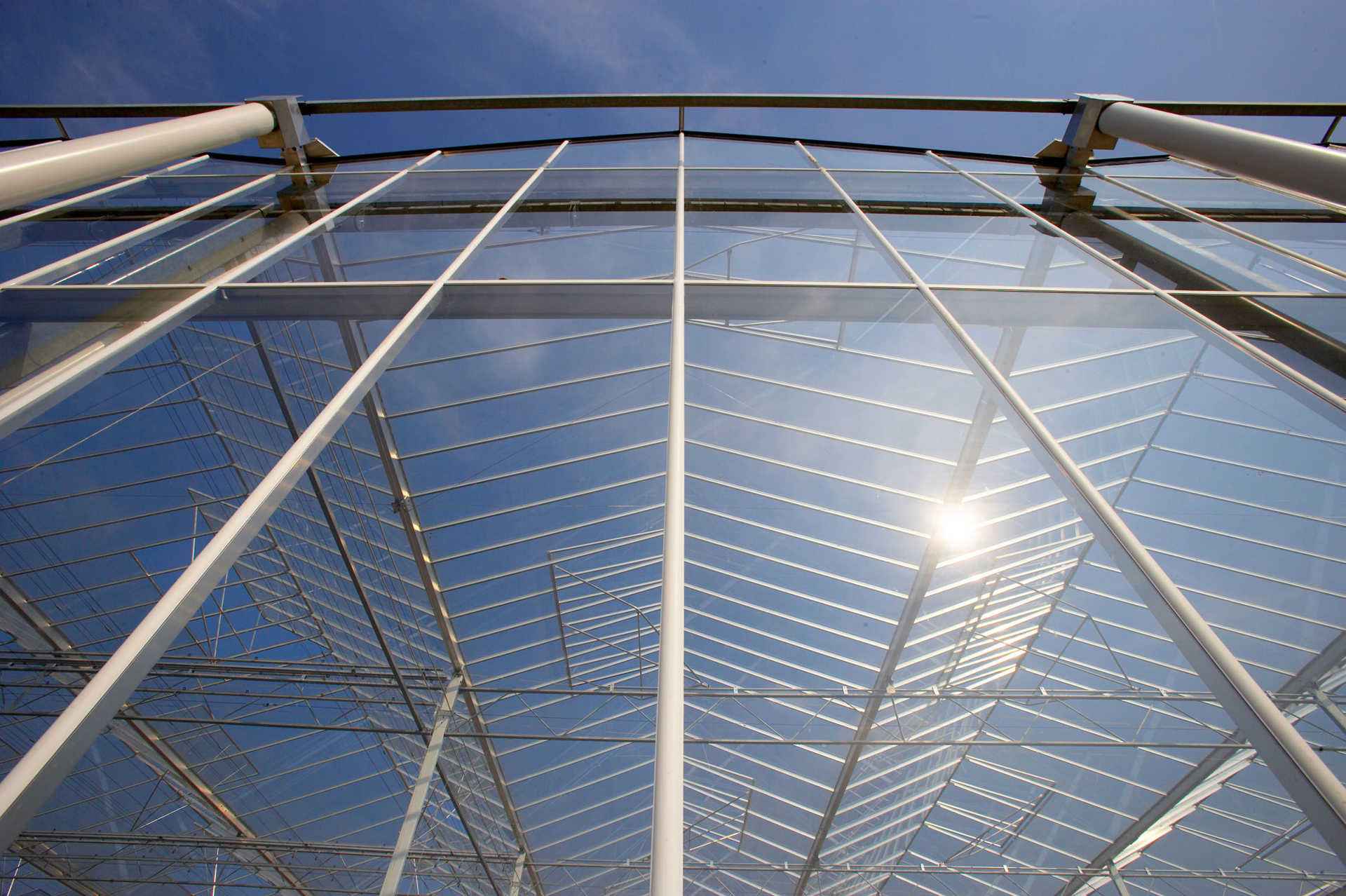Photoperiod

Short definition
Photoperiod is the daily light-dark duration used in greenhouse production to regulate flowering and growth timing via exogenous light manipulation and aligns schedules with market needs and crop cycles.
Expanded definition
=Photoperiod is the daily light-dark cycle that plants perceive to time developmental transitions such as flowering and vegetative versus generative growth, particularly in crops grown under protection. In greenhouse climate control, gardeners manipulate daylength using supplemental lighting, night interruption, and darkening screens to influence when and how rapidly plants progress through growth stages. The effectiveness of photoperiod control depends on crop class (obligate or facultative long-day or short-day), the plant’s juvenile state, temperature interactions (air and root), and light quality and intensity. Accurate sensing uses PAR or photon flux sensors and integrated scheduling, aligning lighting with circadian timing. Synonyms and abbreviations: day length, daylength, photoperiodism, night length, day/night cycle, night interruption, LD/SD/DN (long-day/short-day/day-neutral).
In Greenhouse Context
Photoperiod interacts with climate control by influencing plant developmental trajectories, leaf area development, transpiration, and carbon allocation. In protected production, growers coordinate photoperiod management with air and root temperature targets, humidity control, and irrigation scheduling to optimize crop vigor and energy efficiency. Night interruption, cyclic lighting, and darkening screens can extend or shorten perceived daylength, thereby modulating flowering schedules and the timing of vegetative growth; however, these tactics must be aligned with crop photoperiod class (obligate versus facultative) and juvenility to avoid unexpected flowering or stunted development. Sensors measuring PAR or photon flux density, spectral quality, and microclimate are embedded in climate and lighting control to ensure precise timing and uniformity. The control strategy also influences disease pressure (canopy microclimate, humidity peaks) and pest dynamics, making it essential to evaluate how photoperiod interacts with temperature and irradiance in disease-prone crops such as roses, chrysanthemums, and vegetative stock plants. Regular calibration of sensors, validation with crop responses, and clear production calendars help growers anticipate peak energy demand, labor requirements, and market windows.
Examples and/or use cases
Year-round production of short-day chrysanthemum often relies on darkening screens to extend night length during winter and uses additional low-intensity lighting to prevent undesired flowering in late autumn; Night interruption schedules are used to delay floral induction in certain roses by providing brief nocturnal pulses in the middle of the night; For juvenile stock plants and cuttings, growers employ brief night interruptions or continuous low-level lighting to prevent premature flowering and ensure adequate leaf area and stem elongation before induction; In young plant production, daytime supplemental lighting is used not only to boost photosynthesis but also to extend the photoperiod for crops that respond to longer days; In long-day or day-neutral crops, darkening screens can shorten perceived daylength to reduce flowering risk during high production pressure; Some operations implement cyclic lighting to balance circadian timing with energy use, adjusting duration and timing based on cultivar-specific photoperiod sensitivity, and they monitor leaf stomatal conductance and transpiration as indicators of physiological response.
Relevance
Photoperiod sits at the intersection of plant physiology and climate control, with practical implications for setpoints, algorithms, and energy budgeting. Understanding phytochrome sensing of night length and its interaction with the circadian clock helps greenhouse operators predict flowering responses and scheduling needs more reliably than using irradiance alone. When photoperiod is integrated with temperature, humidity, and CO2 management, growers can craft schedules that optimize photosynthesis and biomass accumulation while minimizing heat load and electrical use. However, the trade-offs include the risk of delayed flowering if night length is mis-timed, potential canopy heating, and inconsistent responses across cultivars, requiring crop-specific extension data and trials. Modern climate controllers can apply adaptive night interruption or darkening routines, but these rely on accurate sensors and robust data logging to detect drift and compensate for seasonal shifts. Practitioners should validate photoperiod protocols against market windows, cultivar traits, and energy costs, and leverage psychrometric measurements to ensure that changes in daylength do not destabilize humidity and VPD. As growers adopt more precise photoperiod control, they should also plan for maintenance and energy budgets, ensuring that the benefits in crop scheduling and product quality justify investment in lighting and automation. Sources — Books: Greenhouse Climate Control — J.P.G. Huijs; Greenhouse Climate Control — E.M. Nederhoff; Photoperiodism in Plants — D. Vince-Prue; Flowering Control in Crops — Bernier, G.; Circadian Interactions — R. Hart; Lighting Spectra and Plant Morphogenesis — Sagar et al.; Action Spectrum and Quantum Yield — McCree, K.J.; Temperature Effects on Critical Day Length — Vogelezang, 1990. Sources — Online: https://extension.psu.edu/psychrometric-chart-use/; https://msu-prod.dotcmscloud.com/floriculture/uploads/files/Section%20_3.pdf; https://ceac.arizona.edu/sites/default/files/asae_-_heating_ventilating_and_cooling_greenhouses.pdf